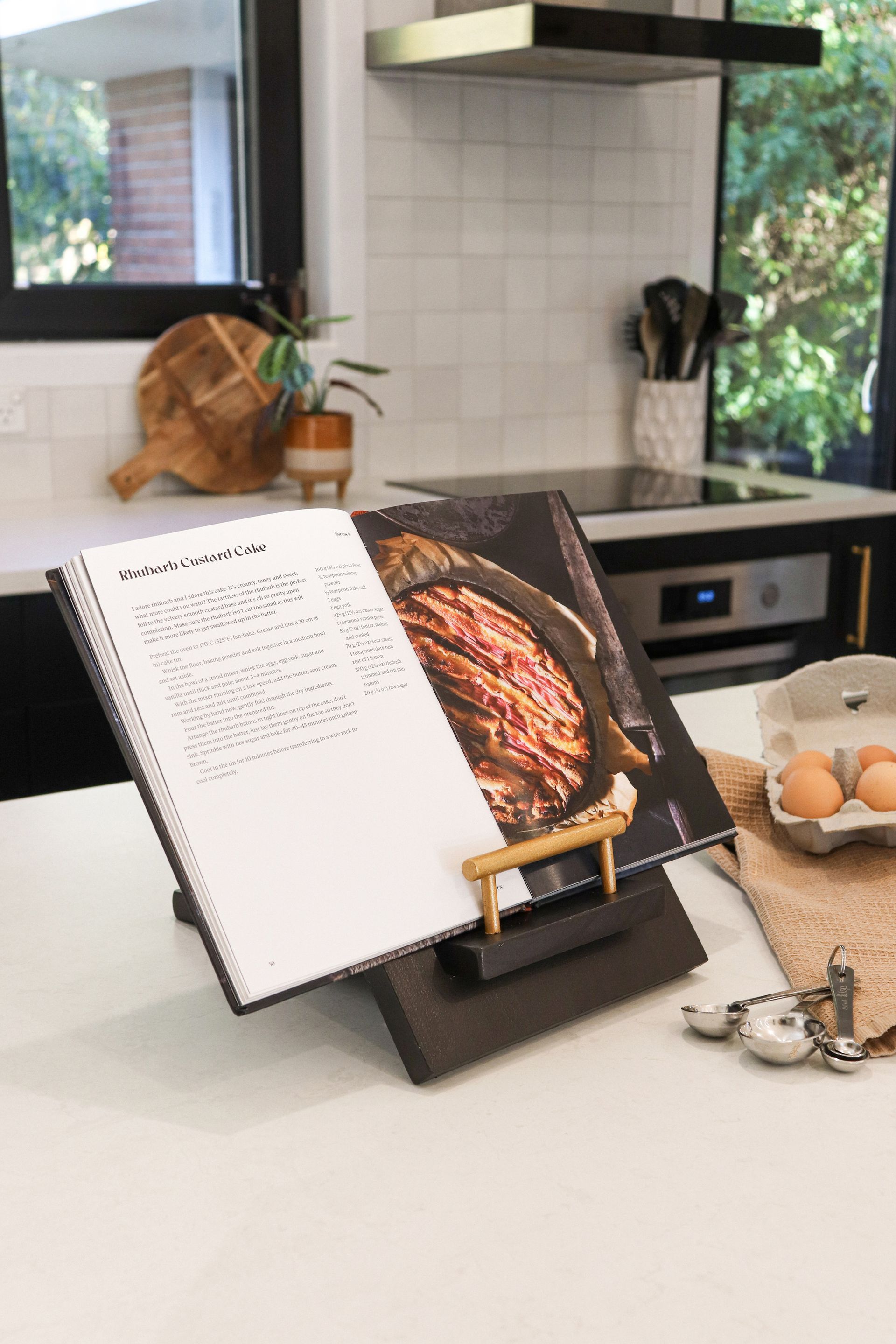While there are many facets to successfully selling a property, auction is a sale method sellers should consider, no matter the market. Real estate agent Keith MacDonald explains.
In 2021 our national property market swelled and housing prices increased by nearly 30 per cent. Figures from QV show the average house price went up 28.2 per cent in 2021, with the new national average hitting just over $1 million. Christchurch saw the strongest growth, with the city’s average price rising a whopping 40.2 per cent. Now, with the official cash rate rising some sellers are struggling to find their feet amid uncertainty.
It is important to remember however, that houses are bought and sold every day. We have had a market transition, that much is true, but predictions can be made too early, and those in the market to sell will require an experienced team with appropriate marketing techniques to navigate a successful property sale.
There is a persistent misconception that an auction is reserved for a unique property or the biggest one in town. In earlier decades, it was common for properties to be handwaved as ‘an auction property’. But this isn’t the case now – any property can be auctioned. Vendors I work with are often surprised at the progression of their listing when selling via auction, be it an influx of enquiries on a single day or people storming through the door on the day of the hammer. As an auction ignites interest in a property the natural consequence is competition, which can push the final sale price up.
In 2022, prudent sellers will still be leaning into auction as their dominant marketing strategy. Marketing through auction exposes your property to the largest available segment of the market in the shortest amount of time possible. The combination of high interest traffic and a looming deadline ensures that competition for a property is the deciding factor, not other circumstances, which sets the sale price and achieves a premium for sellers.
Selling a property brings with it a mental weight, and many welcome the warm relief in the auction room when a sale is confirmed and they can move onto the next chapter in their life. An auction is an event, often quite an exciting one, rather than just a signing formality. In this cooler market, an auction gives sellers peace of mind that they have the opportunity to unconditionally close their sale. The certainty that an auction provides is a good card for sellers to hold in this market as we are seeing more conditional offers crashing due to finance or buyers simply changing their minds. Many offers are also subject to sale of another property, which can stretch over long periods. Auctions provide a way to engage cash buyers, avoid time sinks, and move on with certainty after only a short time on the market.
It is important to remember that not all auctions sell on the day but those that don’t are nearly all selling within a week or two afterwards. Even when the market is quieter, an auction is worth considering and is the strategy I recommend to anyone eager to sell.
Harcourts Grenadier Real Estate agent Keith MacDonald and his team measure their success in terms of client satisfaction. As a Harcourts agent, Keith’s sellers aren’t just getting an experienced team with a proven track record, they are gaining access to Harcourts' huge market share and the advantage of Harcourts being real estate’s most trusted brand, working for them.
Keith MacDonald, 0274 964 799. (Licensed Agent REAA 2008)
Recent stories





